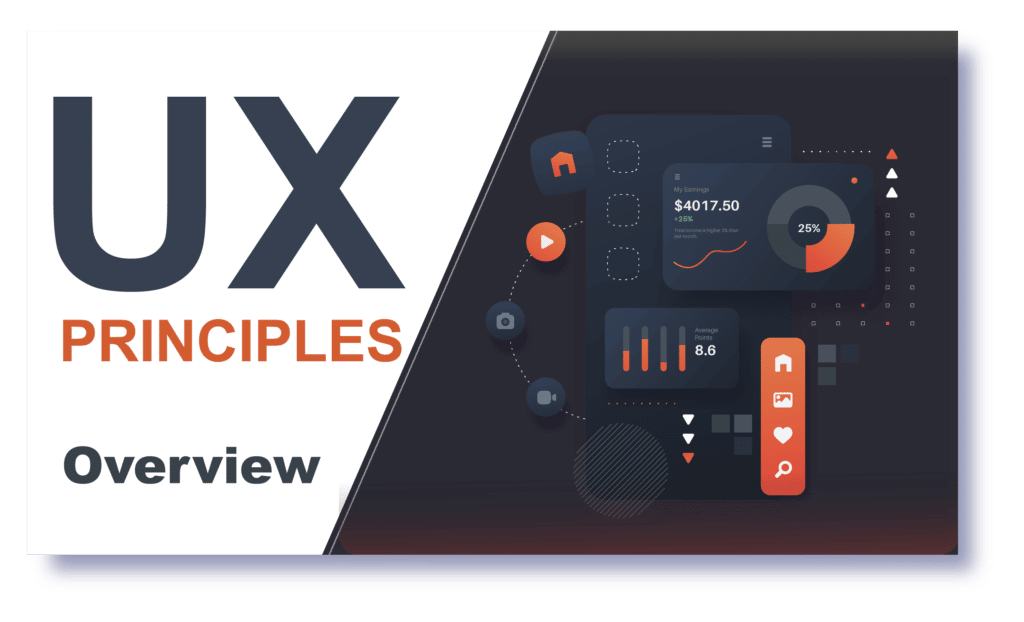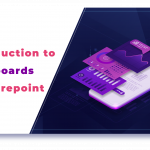
An Overview of UX Principles
UX design is a creative and problem-solving area that welcomes new professionals’ ideas; however, there are several fundamental UX design principles that everyone should know.
A seamless merger of the services of several disciplines, including engineering, marketing, graphical and industrial design, and interface design, is required to provide a high-quality user experience in a company’s offerings.
- Understand the underlying problem user-facing
Address the actual, urgent problems that people are facing. Make it certain that you are clearly articulating the critical focal point of the issue before investing your valuable time in creating the design. The functionality should flow logically without any kinks such that each step of the user experience gratifies the user with what they are looking for. When you get to the part of designing the user experience, the focus must be to reduce the clutter. It is also important to strategize navigational features within the site. It should come in a way that the user is able to find what they are looking for in the most simple manner possible.
- Less Cognitive Load
We use the following definition in the realm of user experience: the cognitive load imposed by a user interface is the number of mental resources necessary to operate the system. Mental resources can be thought of as “brainpower” informally; more officially, we’re talking about working memory slots. Our performance worsens when the amount of information coming in surpasses our ability to process it. We may take longer to comprehend material, overlook crucial nuances, or become overwhelmed and stop the activity altogether. We should simplify the work at hand and design for the primary action that the user is attempting to do, according to user experience design standards. Provide a clear road map, a clear call to action, and a cleaner, more streamlined user experience.
- Why Consistency matters
The learnability of a product is aided by consistency in User Experience. In other words, we can say that products with an element of consistency and uniformity in design have a higher chance of getting picked up by new consumers faster. Mostly because users won’t have to study the same things over and over again; instead, they’ll recollect what they learned the first time and rely on that memory for direction.
- Context is key
This principle should be implemented through a variety of methods. That you should think about all of the different ways your users engage with your site and utilize the same design for all of them. This entails tying your website’s design to your apps and online commerce. The top web hosting companies will supply you with solutions that enable you to conduct this type of integration without having to adhere to different design requirements.
- Accessibility
Making your designs accessible to everyone, including those with impairments, is what accessibility means. There are two reasons why you need to prioritize accessibility in your design approach:
1) It will provide a positive experience for your users;
2) There are numerous regulations requiring you to provide equal access.
Accessibility testing ensures that people with visual disabilities, cognitive disabilities, or speech problems can use your product easily. In reality, this can be accomplished by employing appropriate color contrast, clear wording, and optimizing the product for assistive technology, such as screen readers.
- Usability testing
This is a well-known user-interface design principle. There are several reasons why designers take great care when it comes to the usability of their work — it’s practically a life-or-death situation. The usefulness of a product is a pillar, just as Information Architecture is. The most important thing to remember is that the design process does not end after your webpage is published.
Conclusion
All of the points we’ve outlined above stem from the first UX design principle we mentioned: focusing on the user’s needs and challenges. This isn’t just a coincidence. The key benefit of UX design methods is that they acknowledge a fundamental truth about product development: you are not developing for yourself, but for your customers. What appears clear to you may not be evident to your customers, and many product firms may discover that their consumers engage with their designs in unexpected and unintended ways.





